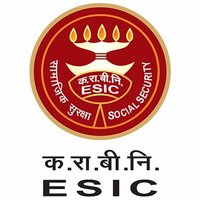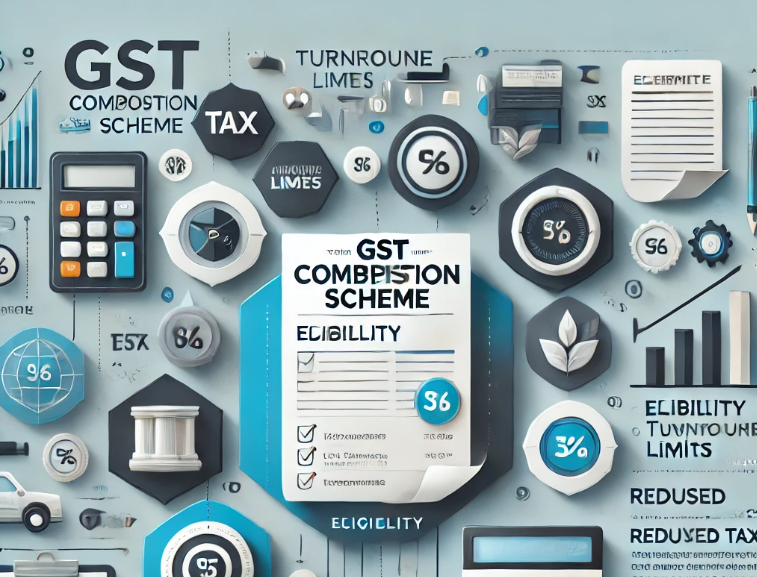RCM on Commercial Rent - Key Impacts
RCM on Commercial Rent - Key ImpactsRCM on Commercial Rent refers to the Reverse Charge Mechanism, where the recipient (tenant) is liable to pay GST on commercial rent.Here is a comprehensive analysis of how RCM impacts commercial rent for discharging GST liabilities, taking case by case.A: For Registered Landlords:-If the landlord is registered under GST, they charge GST on the rent to the tenant and the tenant pays the GST to the landlord along with the rent, while the registered landlord discharges the GST liability. B: For Unregistered Landlords:-If the landlord is not registered under GST, the RCM applies, and the tenant (if registered) is responsible for paying the GST directly to the government.C: Tenent Composition Optee:-If the tenant is a GST composition taxpayer, the RCM will apply on the registered tenant liability becomes an extra cost because they cannot claim Input Tax Credit (ITC).If the tenant is a GST regular taxpayer, they can claim the RCM liability as ITC reducing their tax burden.RCM liability must be paid in cash only. ITC adjustment is not permissible.D: Small Landlords:-The RCM does not apply to small landlords whose aggregate turnover is below the GST registration threshold (₹20 lakhs for most states, ₹10 lakhs for some special category states).Additionally, if the tenant is unregistered under GST, RCM does not apply, and no GST is payable on the rent.E: ITC (Input Tax Credit) for Tenants:-Tenants paying GST under RCM can avail of Input Tax Credit (ITC) on the GST paid under RCM, provided they are using the property in the course or furtherance of business purposes.F:- Rate of CGST:-Tax Rate on Commercial RentGST on commercial rent is currently taxed at 18% on the rent amount under the services category. This applies in all cases whether GST is paid by the landlord or under RCM by the tenant under direct charge.G:- SAC code:-The SAC code for renting of immovable property is 997212. This SAC code also applies to all forms of rental agreements such as long-term leases and short-term rentals.The application of RCM on commercial rent has broad implications for tenants, landlords, and the overall real estate sector. While it shifts the tax burden from landlords to tenants, it ensures that GST is collected on rental transactions, even when landlords are unregistered.For tenants, especially businesses, RCM means added responsibilities in terms of compliance and cash flow management, but the availability of ITC can help offset the GST paid under RCM. Prepared by:Safneed MIndirect TaxationPicco Advisory








